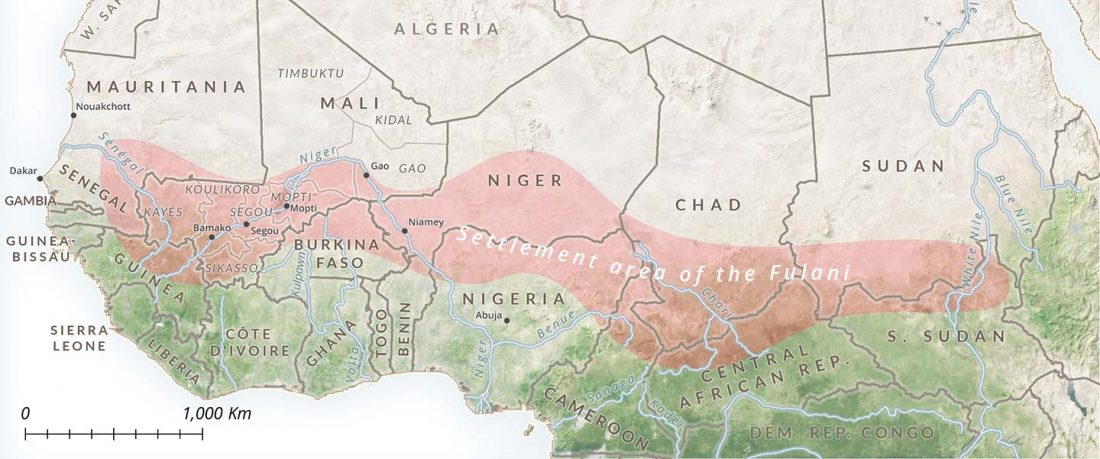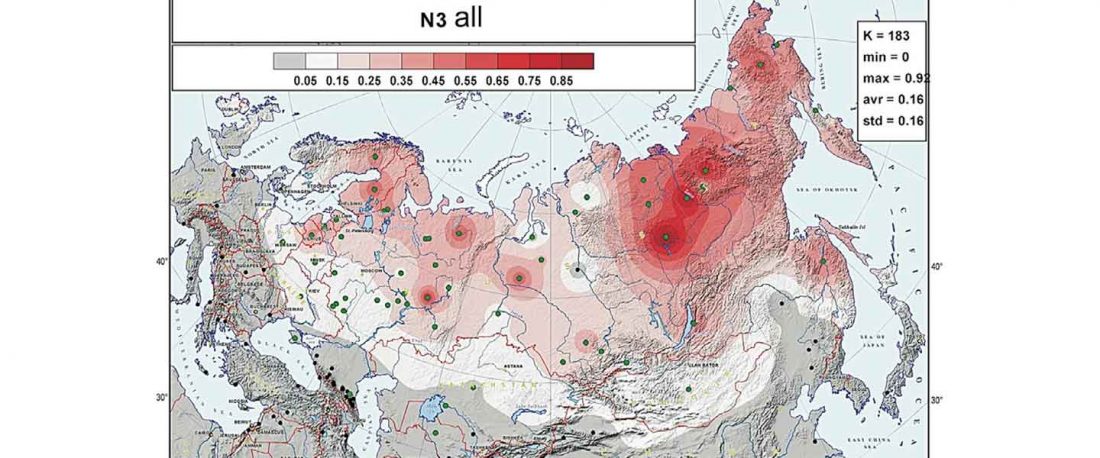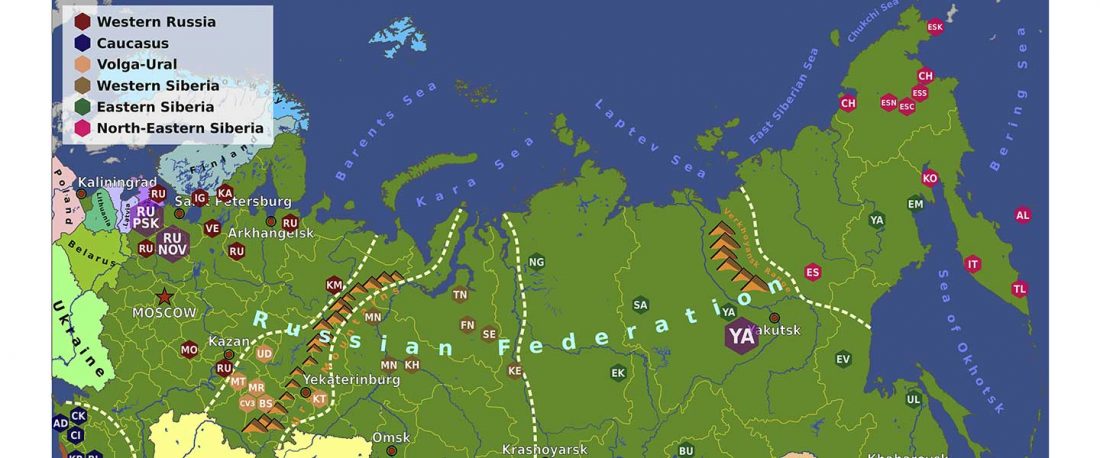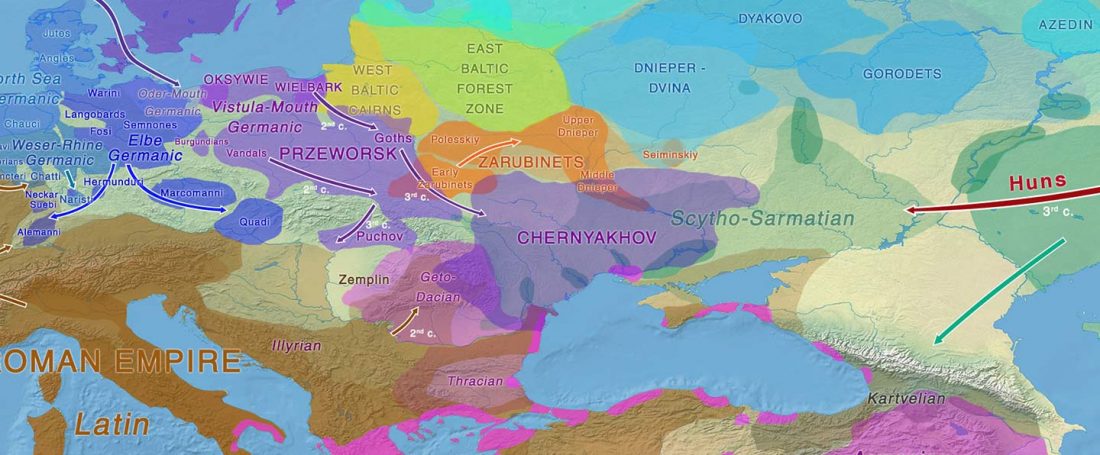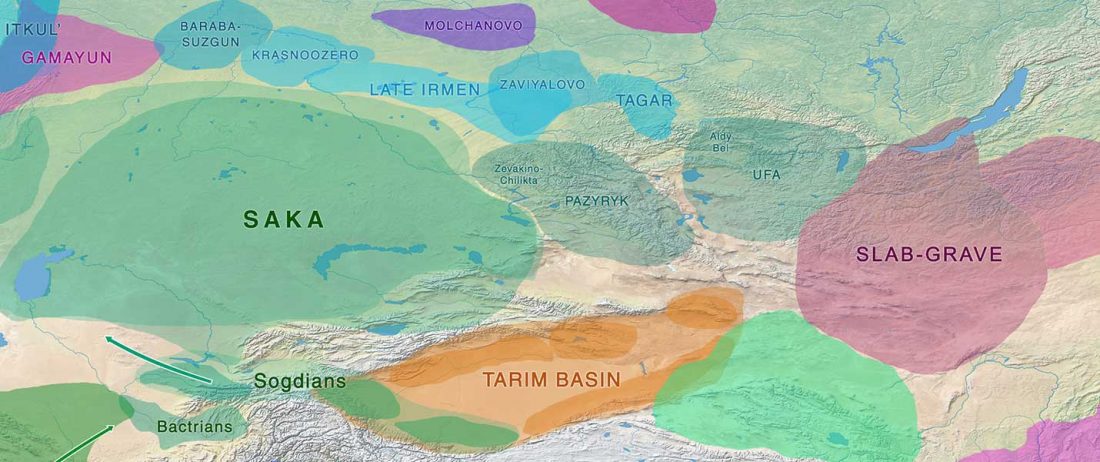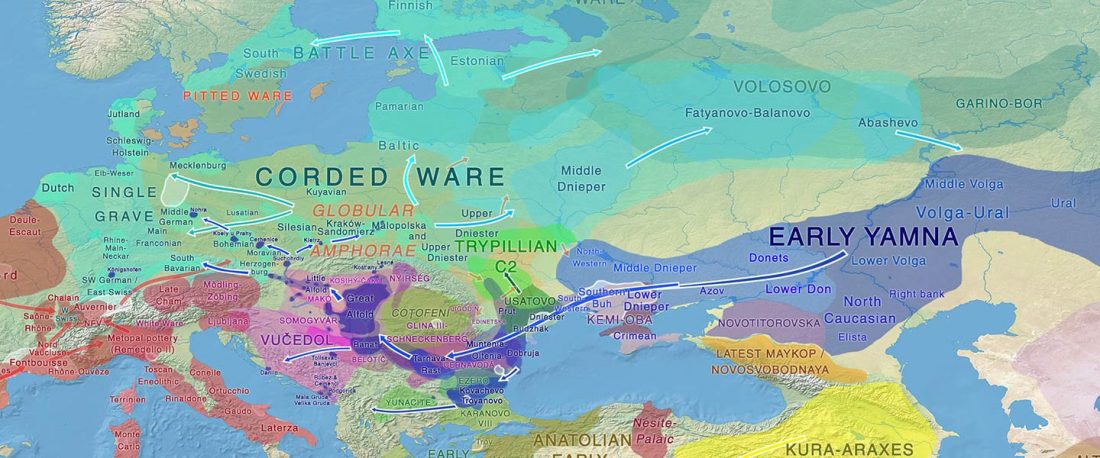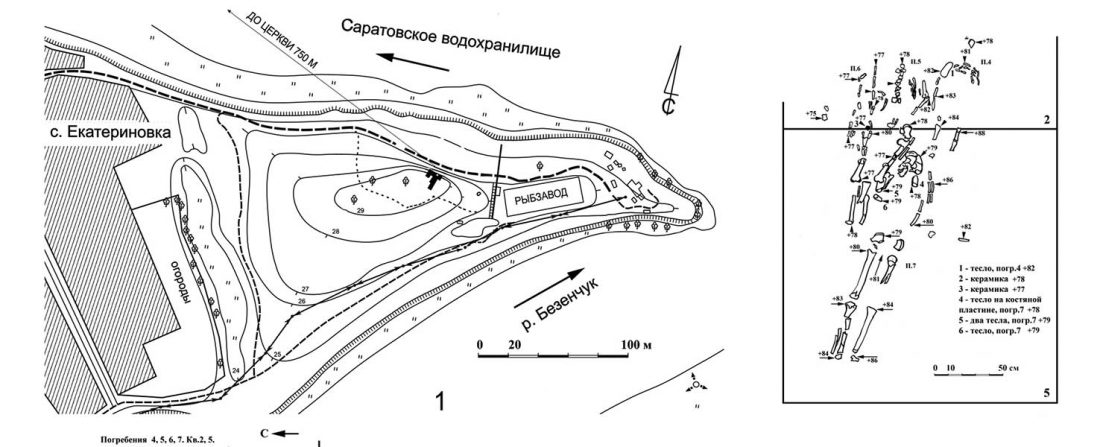Fulani from Cameroon show ancestry similar to Afroasiatic speakers from East Africa
Open access African evolutionary history inferred from whole genome sequence data of 44 indigenous African populations, by Fan et al. Genome Biology (2019) 20:82.
Interesting excerpts (emphasis mine):
Introduction
… Read the rest “Fulani from Cameroon show ancestry similar to Afroasiatic speakers from East Africa”To extend our knowledge of patterns of genomic diversity in Africa, we generated high coverage (30×) genome sequencing data from 43 geographically diverse Africans originating from 22 ethnic groups, representing a broad array of ethnic, linguistic, cultural, and geographic diversity (Additional file 1: Table S1). These include a number of populations of anthropological interest that have never previously been characterized for high-coverage genome sequence diversity such as Afroasiatic-speaking El
